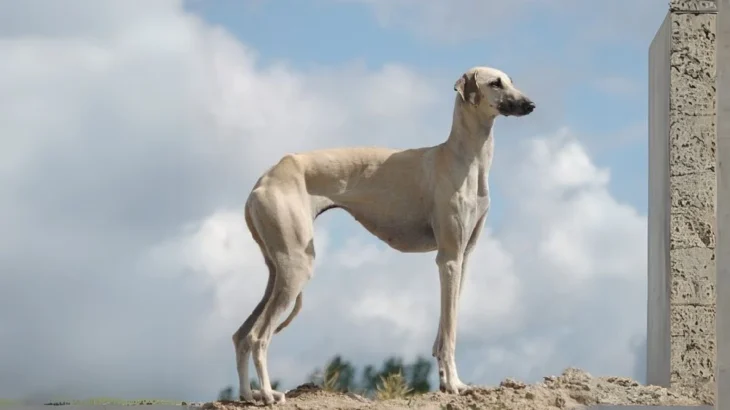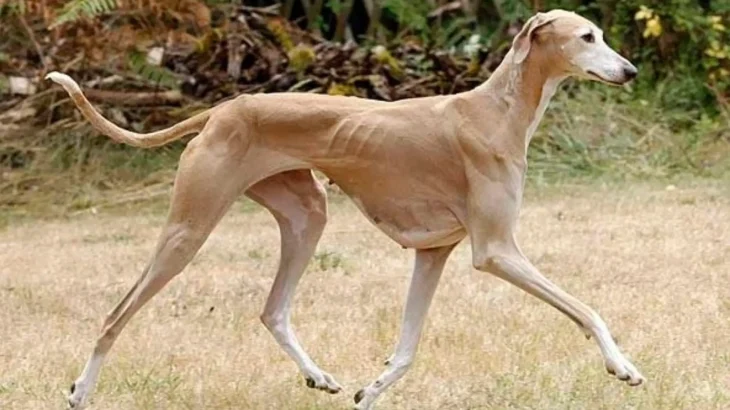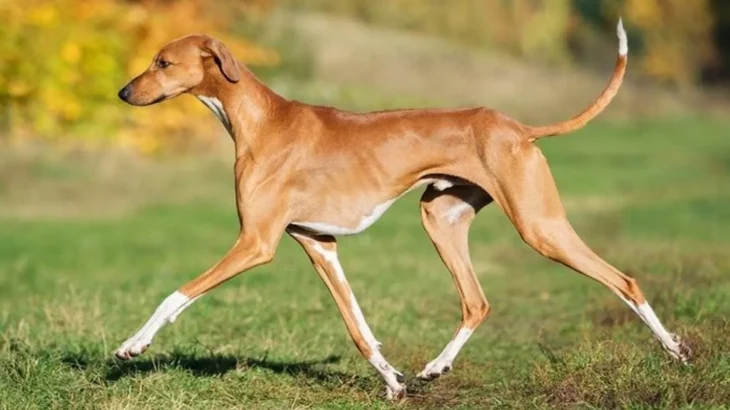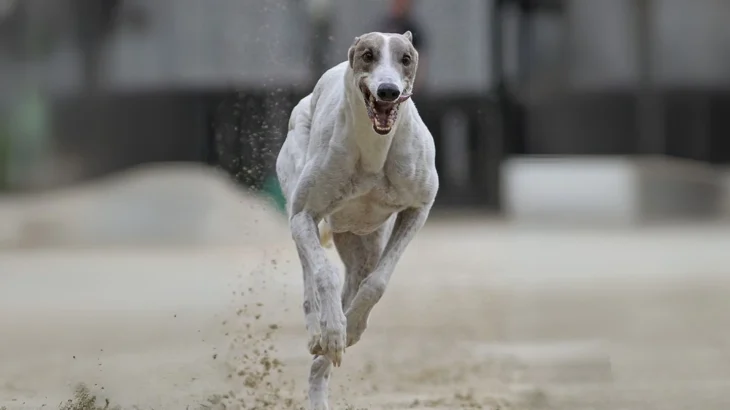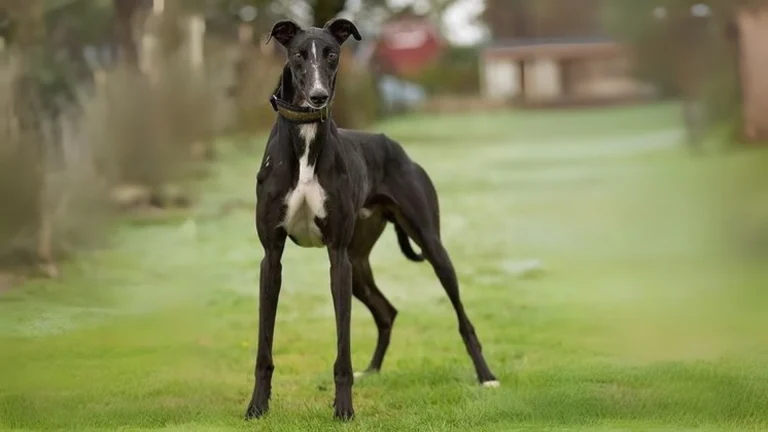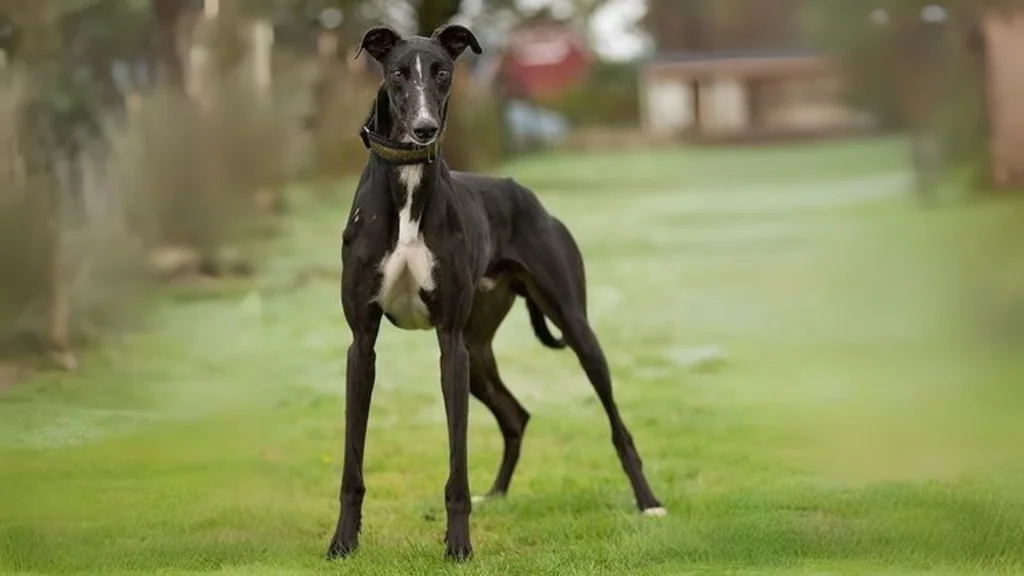Deciding between adopting or purchasing a Chortaj puppy hinges on your priorities around cost, health assurance, and ethical concerns. Buying from a breeder often means access to detailed health and pedigree information, while adopting gives a chance to provide a home to a dog that might otherwise be overlooked.
Adoption vs. Breeder: Pros & Cons
| Criteria | Buying from Breeder | Adopting from Shelter/Rescue |
|---|---|---|
| Cost | Typically higher, reflecting pedigree and breeder expenses. | Generally lower fees, often covering initial medical care. |
| Health History | Comprehensive health records and genetic testing usually available. | Health background may be limited or unknown, though basic checks are standard. |
| Age Availability | Primarily puppies, allowing you to raise them from an early age. | Wide range of ages, including adults and seniors. |
| Temperament Insight | Breeders can provide lineage-based temperament information. | Temperament observed but may lack full behavioral history. |
| Supporting Practices | Supports established breed programs; important to select ethical breeders. | Contributes to animal welfare by giving homes to dogs in need. |
| Breed Purity & Pedigree | Guaranteed breed purity with documented pedigree. | Breed purity may be uncertain or mixed; pedigree often unavailable. |


